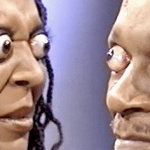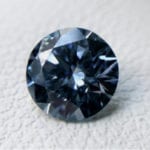 Our World
Our World  Our World
Our World  Pop Culture
Pop Culture 10 Incredible Female Comic Book Artists
 Crime
Crime 10 Terrifying Serial Killers from Centuries Ago
 Technology
Technology 10 Hilariously Over-Engineered Solutions to Simple Problems
 Miscellaneous
Miscellaneous 10 Ironic News Stories Straight out of an Alanis Morissette Song
 Politics
Politics 10 Lesser-Known Far-Right Groups of the 21st Century
 History
History Ten Revealing Facts about Daily Domestic Life in the Old West
 Weird Stuff
Weird Stuff 10 Everyday Products Surprisingly Made by Inmates
 Movies and TV
Movies and TV 10 Actors Dragged out of Retirement for One Key Role
 Creepy
Creepy 10 Lesser-Known Shapeshifter Legends from Around the World
 Our World
Our World 10 Science Facts That Will Change How You Look at the World
 Pop Culture
Pop Culture 10 Incredible Female Comic Book Artists
 Crime
Crime 10 Terrifying Serial Killers from Centuries Ago
Who's Behind Listverse?

Jamie Frater
Head Editor
Jamie founded Listverse due to an insatiable desire to share fascinating, obscure, and bizarre facts. He has been a guest speaker on numerous national radio and television stations and is a five time published author.
More About Us Technology
Technology 10 Hilariously Over-Engineered Solutions to Simple Problems
 Miscellaneous
Miscellaneous 10 Ironic News Stories Straight out of an Alanis Morissette Song
 Politics
Politics 10 Lesser-Known Far-Right Groups of the 21st Century
 History
History Ten Revealing Facts about Daily Domestic Life in the Old West
 Weird Stuff
Weird Stuff 10 Everyday Products Surprisingly Made by Inmates
 Movies and TV
Movies and TV 10 Actors Dragged out of Retirement for One Key Role
 Creepy
Creepy 10 Lesser-Known Shapeshifter Legends from Around the World
Top 10 Animals With Totally Crazy Body Parts
The combination of adaptation and natural selection produces some beautiful, graceful creatures. It also leads to some animals with totally bizarre body parts. Did sponges lose their brains? What’s so bizarre about the mantis shrimp’s seemingly telescopic eyes? Why do the sheepshead fish’s teeth appear so uncanny? What made researchers think of origami when they encountered the puzzle of the earwig’s wings?
Yes, it is a little creepy that an arachnid’s legs function “a bit like . . . tongues, noses, and fingertips.” Of all the places tentacles could grow, why would nature select a snake’s head? Skilled combatants claim that almost anything could be used as a weapon, but, unlike an aquatic salamander, even they might draw a line at ribs. The shoebill stork is nothing if not an innovative hunter.
There’s a good reason that the male venomous platypus need not fear being cuckolded when mating season rolls around. The proboscis monkey’s nose may strike people as rather homely, but females of his species seem to admire it, while another of his appendages is—well, for now, let’s just say you were warned . . . .
10 Genetically Modified Animals Not Intended For Consumption
10 Sponge’s “Brain”
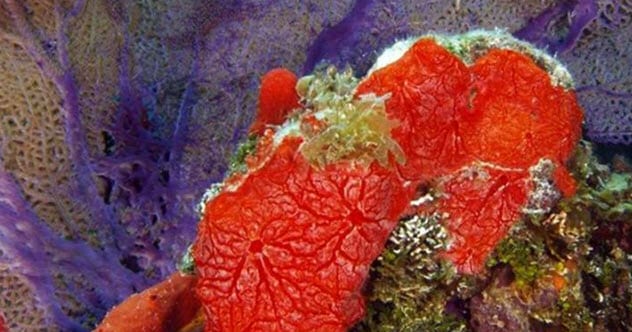
Although modern sponges are brainless animals, some scientists believe that this was not always the case. These marine invertebrates may once have had, if not true brains, something similar to them.
If so, why did the sponges dispose of their neurons? The answer from evolution is simple: if sponges have, indeed, “lost their nerves,” as BBC reporter Melissa Hogenboom puts it, it was because they didn’t need them and because the loss benefited the animals.
Frank Hirth of Kings College London believes that sponges have undergone an “evolved loss” of neural structures. This loss is similar, Hogenboom suggests, to the losses of organs in other animals, such as crustaceans, which, living in dark caves, lose the need for eyes and evolve away from having them.
The loss, if it occurred, would provide certain advantages. Without brains, sponges need a lot less energy, and, since sponges can passively acquire nutrients by filter-feeding, a nervous system wouldn’t be an asset to their survival. In fact, feeding a brain would be “a waste of energy,” Hirth says, and the maintenance of such an “energy demand” would be impossible for sponges, which “sit on the sea bed . . . just filtering food that comes along.”
The view that sponges once had something akin to brains and lost them remains controversial among scientists. Neuroscientist Leonid Moroz, of the University of Florida in St. Augustine, is one expert among others who believes that sponges never developed neurons, since such cells are unnecessary to sponges’ survival.
Hirth and Moroz presented their differences of opinion concerning the issue during a March 2015 meeting of the Royal Society in London. However, the matter remains unresolved. According to Angelika Stollewerk of Queen Mary University of London, at present, either Hirth or Moroz may be correct. Time—and evidence—may tell; until then, both of her colleagues’ views remain possibilities.
If Hirth’s view proves correct, though, one of the most bizarre animal body parts of all time would have to be the useless sponge brain that disappeared when the animal’s survival favored its simplification.
9 Mantis Shrimp’s Eyes
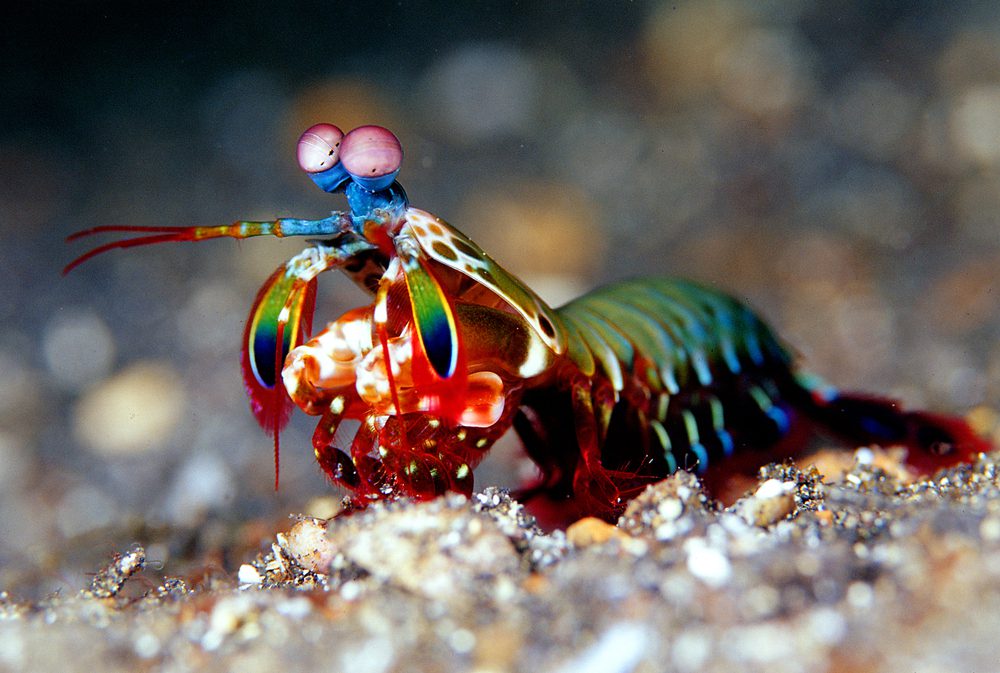
The mantis shrimp’s bulging compound eyes, set on stalks, are so incredible they seem unreal. Unlike human eyes (and those of most other animals, including those of other arthropods), the mantis shrimp’s eyes are not equipped with single lenses through which light funnels onto a retina. Instead, the light-sensitive receptor cells at the surface of the shrimp’s eyes enable them to detect wavelengths of light in the visible, the infrared, and the ultraviolet spectra.
This ability to see many colors allows mantis shrimp to communicate by using their brightly colored body parts. Their bright colors warn of the mantis shrimp’s lightning-fast punch, which delivers an enormous wallop. Some species also possess bioluminescence, which they can use to signal other shrimp that have invaded their space to back off.
Other color displays function as mating signals. Females prefer more colorful males, so, through natural selection, both sexes of the mantis shrimp become even more colorful generation after generation. In short, mantis shrimp are survivors because the eyes they have evolved are perfectly adapted to their environment, the colorful corals of the ocean’s depths.
8 Sheepshead Fish’s Teeth
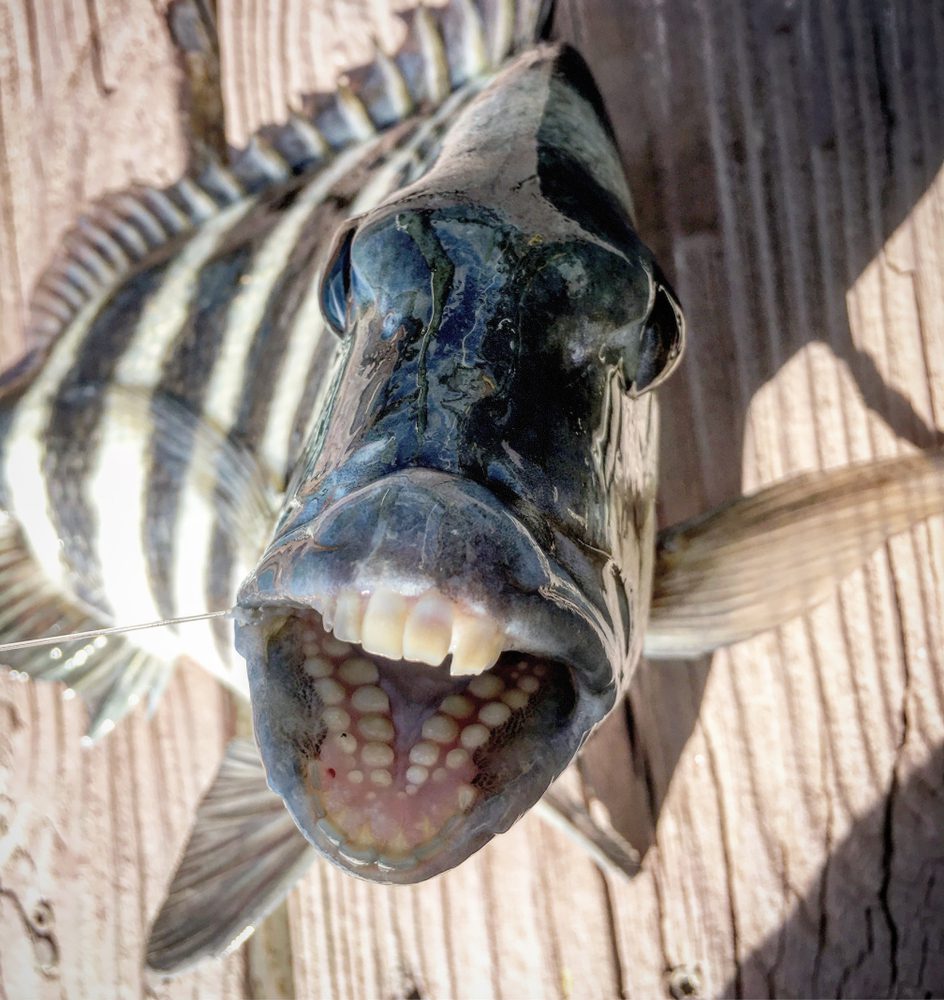
The sheepshead fish’s teeth are so bizarre they are downright unsettling. They are not the huge, jagged teeth most fish flash. Instead, they are fairly even and similar in size to one another. The fish has teeth that look much like human incisors, canine teeth, premolars, and molars.
It wouldn’t be much of a stretch to suggest that sheepshead fish could flash a fisherman a smile. In fact, in photographs that Nathan Martin took of the specimen he caught off Nags Head, North Carolina, recently, the fish looks as though it has been prompted to say “cheese.”
Experts say that the fish uses its choppers to eat barnacles and other animals equipped with hard shells. To show off his catch, Martin says he plans to hang it on a wall. Then, visitors can check out its toothsome smile.
7 Earwig’s Wings
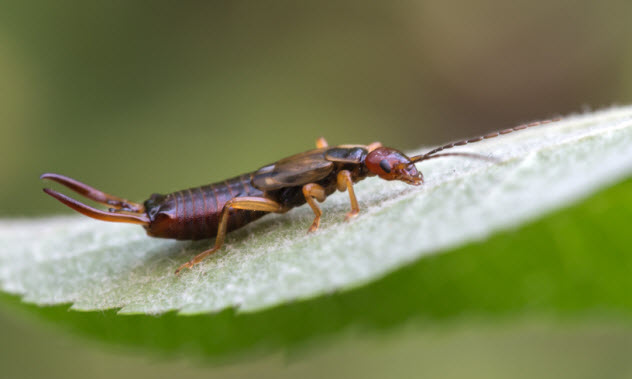
The wings of the earwig are marvels of natural development. The arthropod lives on the ground. A glance at the insect, of which there are over 2,000 species, would not suggest that they have wings that, together, are twice the size of their bodies.
Intricately folded beneath the much smaller “leathery forewings,” these rear wings, which, as a National Geographic video explains, are “remarkably compact,” are not visible until the insect raises the rear of its body. Then, by flapping the exposed rear wings, the earwig causes them to unfold, which requires such a vigorous and sustained effort that the insect needs to anchor itself on a leaf or twig until the wings completely unfold.
Remarkably, “the open wings lock into place and remain stable,” the video indicates, doing so “without the use of muscle power.” Instead, the insect’s “elastic, spring-like wing joint allows this stability.” Researchers hope to unlock the secret of the earwig’s wings; doing so, they believe will have many important technological applications, “including folded tents, maps, and foldable electronics.” Unfortunately, an attempt to comprehend the unfolding of the wings by “using . . . origami-like folding” procedures failed, the article relates, because the wings “do not fold . . . at a single crease,” as paper does.
The earwig is known for one other rather bizarre reason. As the Oxford English Dictionary points out, the insect’s name derives from the mistaken “belief that the earwig has a habit of crawling into the human ear.” The name of its scientific order, dermaptera, is also rather imaginative. It means “skin wing.”
6 Harvestman’s Legs
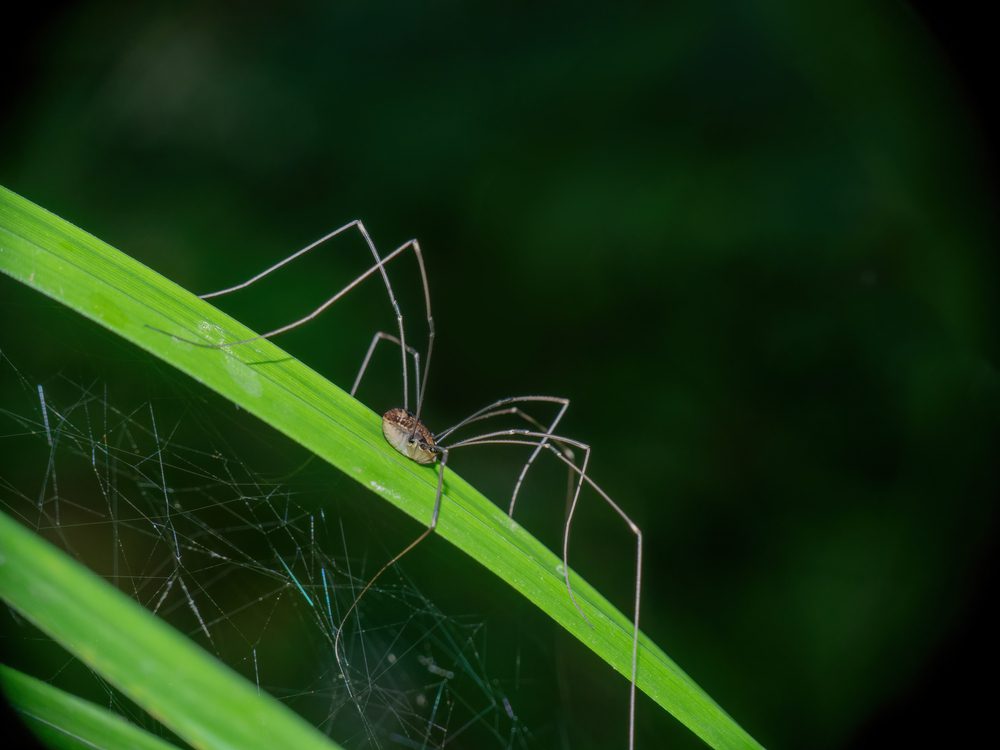
For many, the harvestman is better known by one species among them, the daddy longlegs. The harvestman has eight legs, but, although it is an arachnid, it is neither an insect nor a spider, nor, as some believe, is the harvestman venomous. The harvestman’s most astonishing, totally bizarre body parts are its legs and not only because of their length.
As an article in The Atlantic points out, these amazing appendages “perform the work of several organs at once.” Their legs “can detect heat, water, pressure, and a panoply of chemicals.” Their legs’ sensory perception capabilities are “a bit like having tongues, noses, and fingertips ‘all over your knuckles,’” says Prashant Sharma, a harvestman biologist at the University of Wisconsin at Madison.
Their many-jointed legs also enable them to curl the appendages several times around tree branches. The lower parts of their legs are so distant from the rest of their bodies that they are outfitted with holes that help the appendages stay oxygenated.
The harvestman’s legs are amazing for other reasons, too. According to Rodrigo Willemart, who studies harvestman sensory ecology at the University of São Paulo, in Brazil, “The fourth pair sport seriously stabby spines, used by some harvestmen to pinch predatory flatworms in two or to joust for access to mates.”
In addition, their legs help male harvestmen compete for mates. For the females of the species, size, as measured, with regard to harvestmen, by length, is important. “Whichever male has the longest leg wins, and it’s the one that is going to mate,” explains Guilherme Gainett, a developmental biologist at the University of Wisconsin at Madison.
5 Tentacled Snake’s Tentacles
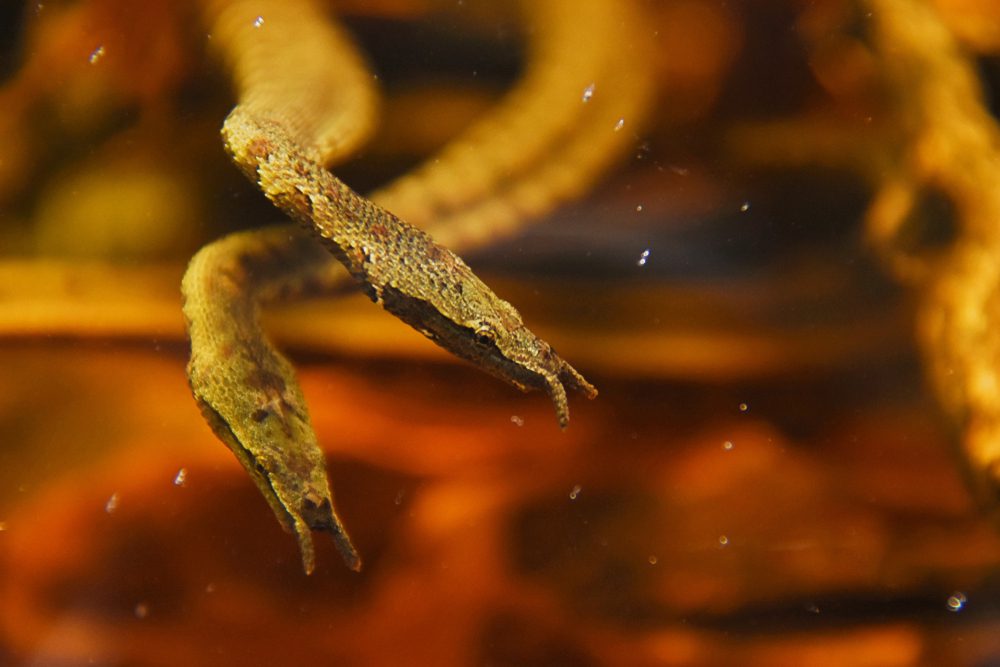
The appendages that grow from the face of the tentacled snake are unique. No other snake on the planet is so equipped. If its tentacles also make the reptile look rather sinister, its approach to hunting, author Bec Crew says, is downright “diabolical.”
Although it breathes air, it can stay underwater for 30 minutes before resurfacing to take its next breath, so it’s right at home in its native habitat, among the lakes, streams, and rice paddies of Thailand, Cambodia, and Vietnam.
When the snake is on the hunt, its tentacles waver about, as their nerve cells detect prey lurking about in the “muddy water” of their environment, Crew explains. The water is so “murky” that, without the aid of the tentacles, the snake would not discern the presence of its food.
When it has found its prey, the snake ambushes its victim. In the process, the predator turns a fish’s defensive posture to its own advantage. By flicking its tail, the snake prompts the fish to adopt its defensive “C” shape, which, Crew explains, normally allows the fish “to zip away from anything trying to grab or bite it.” In the process of reacting, the fish flips “right into [the snake’s] waiting mouth,” and the end of the hunt concludes “in just 15-20 milliseconds.” The prey “never had a chance,” Crew concludes.
4 Spanish Ribbed Newt’s Ribs
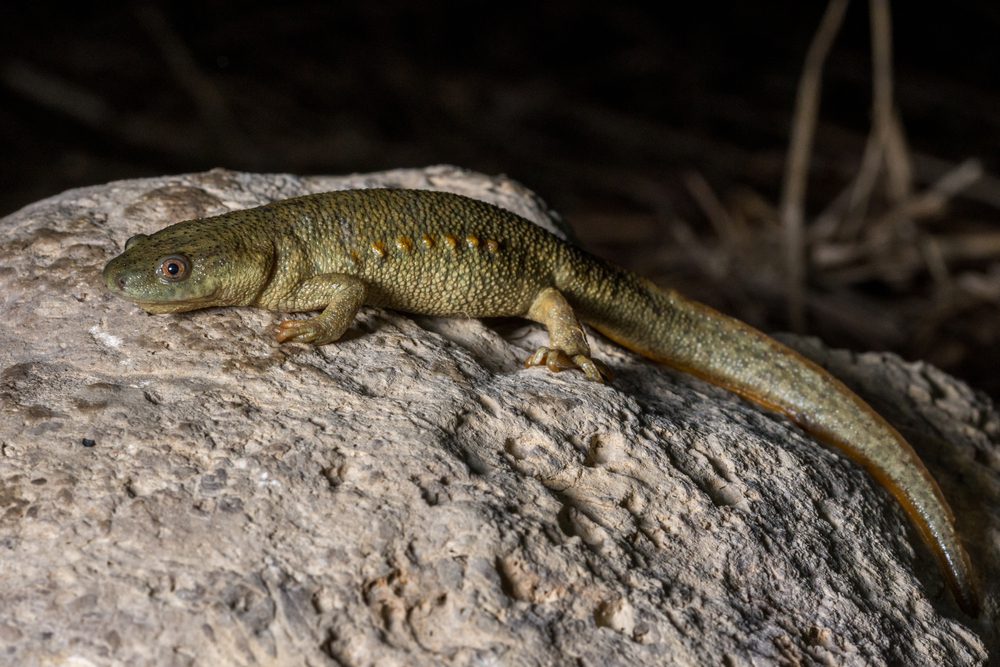
The Spanish ribbed newt doesn’t use its ribs just for the support of its abdomen. According to Matt Walker, an editor at Earth News, when it is under attack, the newt “pushes out its ribs until they pierce through its body, exposing a row of bones that act like poisonous barbs.” Astonishingly, the newt is none the worse for having adopted this bizarre defense maneuver.
Thanks to photographic and X-ray imaging technology, scientists have determined how the aquatic salamander accomplishes this incredible feat. By “swinging its ribs forward” so that they are at an angle of 50 degrees relative to its spine but keeping still otherwise, the newt stretches its skin until it is penetrated by the ribs, says Egon Heiss of the University of Vienna in Austria.
At the same time, the newt “secretes a poisonous milky substance,” Heiss adds. The combination of the poison and the spikes formed by the protruding ribs is “highly effective,” he declares, causing either the predator’s death or the attacker’s experience of agonizing pain. It helps considerably that the newt is immune to its own poison.
3 Shoebill Stork’s Bill
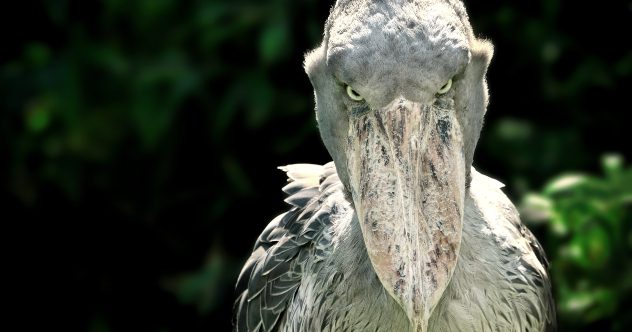
Although humans are not on the menu of the shoebill stork, baby alligators are part of the bird’s diet, as are such fare as lungfish, eels, . . . catfish, and . . . crazy stuff like Nile monitor lizards [and] snakes,” writer Nicholas Lund observes.
Its predatory ways are simple but effective. It stands and waits. When prey approaches, it lunges, scooping its next meal into its massive bill, along with whatever else happens to be in the vicinity, whether “water, mud, vegetation, [or] . . . other hapless fish.” Then, the stork shakes its head back and forth to get rid of the debris it may have collected along with its prey, before using its massive bill to decapitate its live, squirming quarry. At this point, it’s all over but the swallowing.
2 Venomous Platypus’s Feet
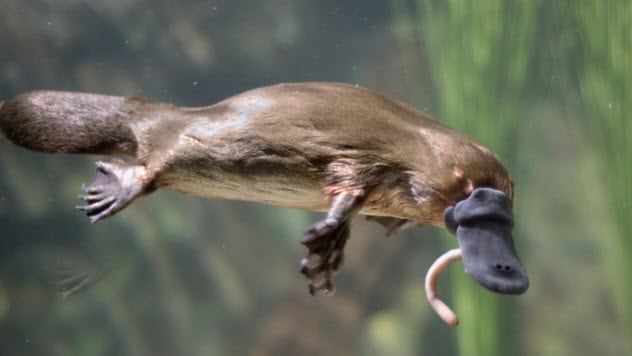
More animals than might be thought have really strange feet. One of the most bizarre of these body parts are those of the venomous platypus. Mindy Weisberger’s description of the platypus itself also perfectly captures the appearance of their feet in particular: they do, indeed, “look like they were stitched together by a rogue taxidermist from the [feet] of unrelated animals, as a prank.”
A wrinkled, leathery web fans out from the foot’s five claws, which emerge, seemingly abruptly, from the end of each leg. The claws lie along bifurcated folds each pair of which connect a section of web on either side of it, further complicating the look of the animal’s bizarre feet.
In males, the claws are “loaded with venom,” Weisberger says, which scientists believe may be used to dissuade competitive suitors from pursuing their romantic interest in females when mating season rolls around.
1 Proboscis Monkey’s Proboscis (and Penis)
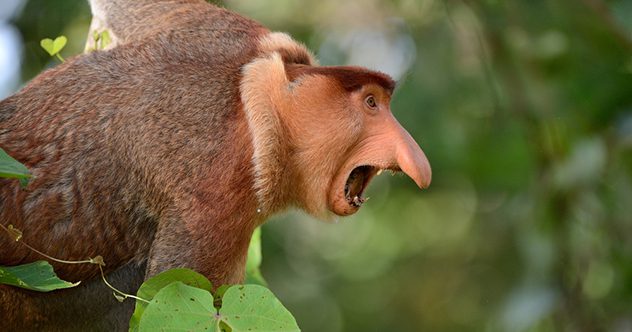
As its name implies, the homely proboscis monkey has a strange-looking nose. Although the animal’s name doesn’t suggest that any other part of its body is in any way bizarre, the male of the species has a penis that can only be described as totally bizarre.
The Jimmy Durante of the animal world, the somehow sad-looking proboscis monkey has a nose like a banana, except that it’s orange, rather than yellow. In addition to its “big nose,” writer Brad Joseph says, the monkey is cursed with a “pot belly, crazy voice box, and several other bizarre features, [which] once discovered . . . are never forgotten.”
The belly’s size is explained by its function: the stomach serves as a “fermentation vat,” in which “gut flora” convert leaves’ “structural cellulose . . . into usable sugar” and detoxify poisonous alkaloids.
The nose is either easily explained or inexplicable. The former is true if scientists are correct in assuming that the proboscis monkey’s proboscis is “attractive to females.” The latter is likely if the scientists’ hypothesis is false. One thing is certain, though: the animal’s nose has unmistakable presence. Not only is it there, but it’s impossible to miss.
The other “unique and attention-getting characteristic of the monkey,” as Joseph calls it, is the proboscis monkey’s penis. “Always erect,” the cone-shaped scarlet member rearing aloft from a black scrotum constantly perspires as a means of releasing “excess sodium,” Joseph explains, a necessity for life in the “salty, mangrove forests” in which the monkey makes its home.
